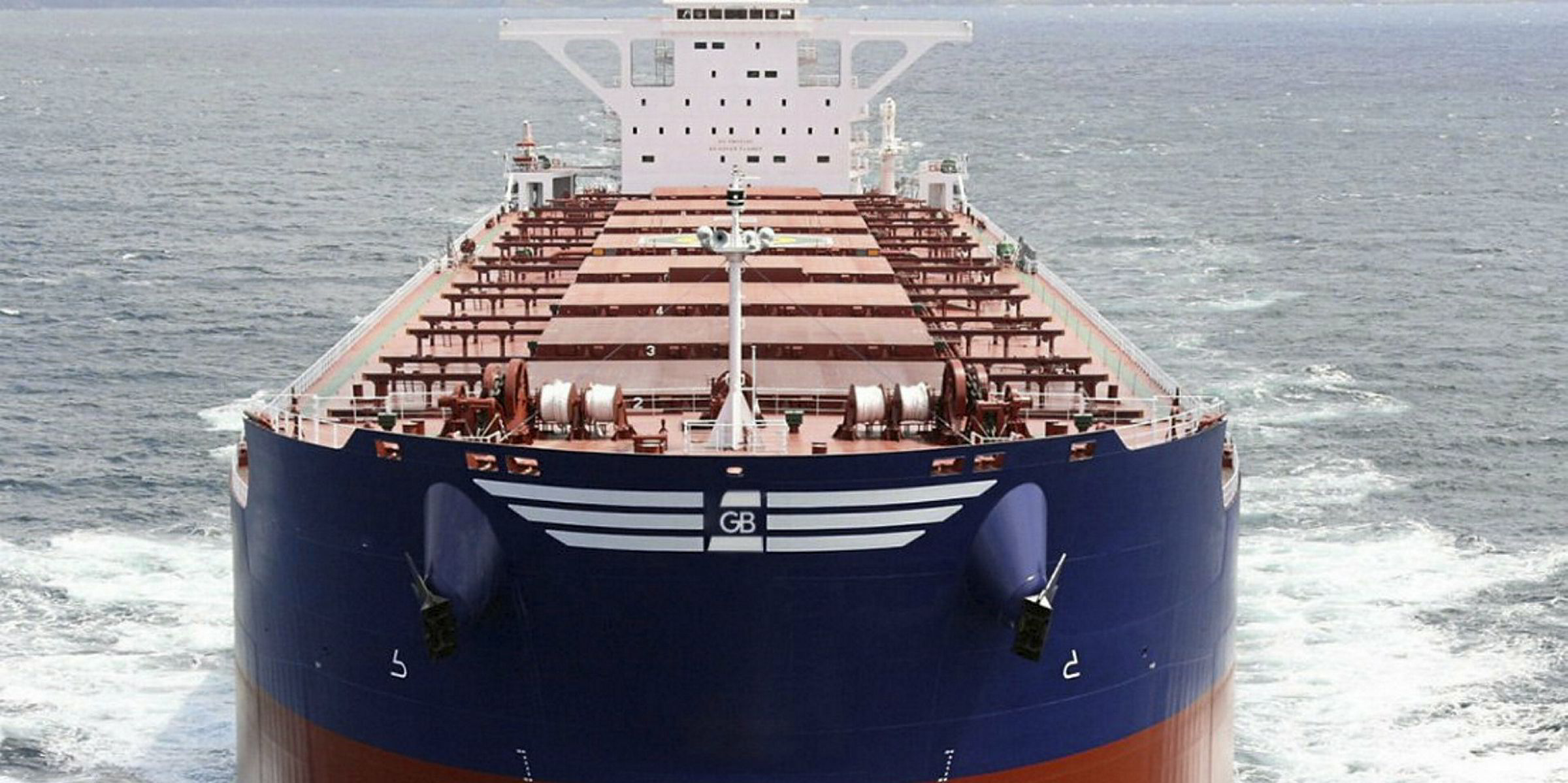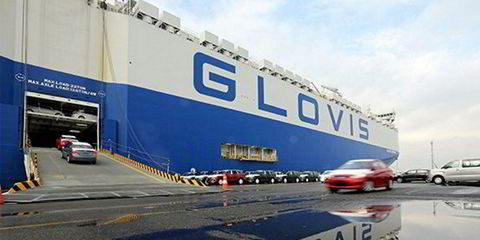The Baltic Exchange Dry Index has done something it has not done in years — cross the 2000 mark twice in one month.
The index reached 2047 today, rising 19% from 9 August and almost 2% since first crossing the threshold at 2011 on 16 July.
The last time the BDI was over 2000 before mid-July was back on 3 January 2014 when it fell to 2036, but it has not surpassed that number twice in one month since late 2013.
"I think that the return of iron ore shipments from Vale out of Brazil and other factors like higher coal shipments into India and other Asian countries has helped the demand side," Noble Capital Markets analyst Poe Fratt told TradeWinds.
"At the same time, scrubber installations are limiting supply and the order book is low. So, yes the micro is trumping Trump's trade war with China."
The index struck 2021 on 24 September to reach 2127 the next day before falling to 1994 a week later but then recovering to 2008 on 2 October.
The BDI peaked at 2330 on 13 December 2013 during the 2013-14 time frame, well below the 2008 summit of 11793 on 20 May.
The index fell to 595 on 11 February, about two weeks after Vale's tailing dam at its Fiajeo mine in Brumadinho, Brazil collapsed, resulting in the deaths of more than 200 workers.
The catastrophe also forced the Brazilian iron-ore giant to close 50 tailing dams in Brazil — a drastic measure that took 93 million tonnes of its commodity off the market.
The BDI, largely driven by capesize rates, eventually zig-zagged its way back up to the 2000 mark in July as Vale's Brucutu mine returned 30 million tonnes with its eventual reopening.
Cape rates bottomed out at $3,460 per day on 2 April before cresting at $32,963 per day on 22 July.
They slipped to $23,782 per day by 8 August but have returned to $29,102 per day today.
The US-China trade war has affected shipping stocks but has not impacted physical markets because the most recent tariffs have been only threats so far, Evercore ISI analyst Jon Chappell said.
"Equities get crushed on fears about future impact on the market, but the near-term day-to-day shipping fundamentals are driven by available cargoes versus ships," he told TradeWinds.
'Absolutely incredible run'
The entire dry bulk sector is on fire as a result of other factors besides Vale alone, such as very few deliveries on the supply side and peak scrubber retrofits during the third quarter, Jefferies analyst Randy Giveans said.
"Absolutely incredible run in the dry bulk market. Capes approaching $30,000, panamaxes above $17,000, and supramaxes above $12,000," he said to TradeWinds.
"With the strength so widespread, it is more than just Vale, although that is probably the biggest source of increased ton-mile demand."
He said rates are so high right now that, while not in line with very low share prices, some dry bulk shipowners would earn half their market captalisations in 2020 off of them if they stayed at this level.
"The craziest part about it is that even if rates were cut in half from current levels for 2020, the dry bulk companies we cover would still have positive Ebitda and operating cash flow," he said.





